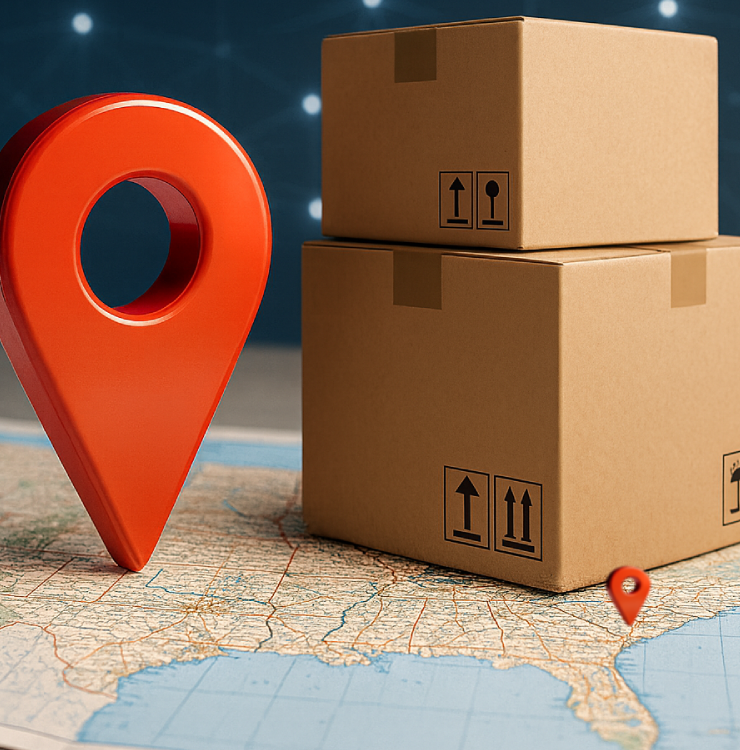
One thing you’ve probably noticed about any work-related team you’ve been on: everyone has an opinion.
And, occasionally, some are even backed by facts.
Sarcasm aside, we’ve found that there are four essential tenants – building blocks – that teams should discuss and agree upon to help focus their D2C strategy.
After more than a decade helping brands accelerate their D2C transformation, we’ve found that teams that discuss, debate and finally agree on these four basics make a better choice when evaluating ecommerce operations platforms.
Being Customer Centric
A “brand” has been broadly defined as the promises an organization makes to its customers.
Those promises create expectations among customers that then creates a preference for the brand. Now, with customers transitioning from traditional retail channels to ecommerce and an online experience, these expectations are changing.
For example, brands we work with tell us their customers expect:
- The brand should be available wherever they expect to find it. A multi-sales channel approach – being wherever your customers shop online – is critical for D2C success. Let’s face it, unless you are a destination brand like Nike, many shoppers aren’t going to seek you out on your website and everywhere else your competition is just a click away.
- The brand should offer its full product line – all sizes, variations, SKUs etc. While this often isn’t practical to do on marketplaces like Amazon, it is possible on a brand’s own webstore. Even retail partner sites can carry a wide selection if you can support their drop ship vendor programs.
- The brand should offer fast – ideally free – delivery. Most customers expect 1-2 day delivery on their orders. Most customers also expect not to have to pay for it. You need to be in a position to meet 1-2 day delivery expectations without breaking the bank.
Customers drive sales and channels connect with customers. First off, your team needs to agree on a channel strategy.
Focusing on Operational Margins
Ecommerce is a world of perfect competition – especially when you are selling on marketplaces. Unlike traditional retail where you may share shelf space with a handful of competitors, online all your possible competition, all their pricing, and all their promotional offers are right there with your product offering. That makes increasing profitability by raising prices very, very tough. And with the constantly rising cost of customer acquisition, affording to grow top line revenue can be even tougher.
Focusing on operational costs – specifically fulfillment costs – can have an immediate and lasting impact on margins. Fulfillment, especially shipping, is a major component of your total delivered product cost in ecommerce. Optimizing every order to maximize fulfillment savings while still meeting customer delivery expectations can have a huge impact on your bottom line.
Being Data Driven
“Be data driven” is almost a mantra in business today.
But in ecommerce, it’s hard.
Brands accustomed to selling through traditional channels – especially retail channels – were often spoiled. Any product with a bar code that passed through a checkout lane was scanned, recorded, and the resulting data aggregated and offered for sale to any brand that willing to pay the price. Collecting distribution and warehousing data was straightforward – often through facilities owned by the brand or a partner or two.
Ecommerce is different. Multiple sales channels mean multiple streams of orders, inventory and sales information – often in different formats and using different classification schemes for the same SKU. Multiple distribution partners like 3PLs, fulfillment services and even retail locations usually have disparate systems and ways of formatting a reporting data.
You need a system to aggregate, normalize and report data from across your ecommerce ecosystem. The result will be better decisions, improved forecasting and – most importantly – quantitative KPIs.
KPI metrics based on quantitative data are the ultimate tool for aligning your organization – and measuring performance – in meeting your ecommerce goals.
Keeping Options Open
No one can predict the future of ecommerce.
Who would have thought a year or two ago that a global pandemic would result in:
- Ecommerce sales growing in two months to a rate that hadn’t been expected for two years.
- Amazon shuttering FBA to sellers of non-essential goods – depriving many brands overnight of their major method of fulfillment.
- Legacy brands, once leery of moving online for fear of channel conflict, locked out of their traditional retail outlets by quarantine shut downs and forced into online selling.
Ecommerce is a world of evolving options. Many of these options result from partnerships: sales partners like marketplaces or retailers, distribution partners like 3PLs or fulfillment services, suppliers, content partners and more. Some partners will work out. Some won’t. New opportunities will emerge.
And nearly all of them will have their own systems in place with their own specifications, workflows and data requirements.
The key to taking advantage of these opportunities is the ability to easily integrate with any new partner opportunities while controlling your technology stack.
That keeps your systems safe, your options open and your ecommerce future firmly in your hands.
Want more proven advice on leading a team in selecting an ecommerce platform? Check out our blog post on “Crossing the D2C Chasm: A Pragmatic Guide to Selling D2C to Skeptics, Laggards, Conservatives and Other Internal Roadblocks” and our eBook “Seven Steps to Scale D2C Fulfillment”.




